Deworming is our specialty.
Clean your herd and pastures with proven parasite management
Effective deworming is critical to herd health and profitability. SAFE-GUARD (fenbendazole) from Merck Animal Health goes straight to the gut to kill parasites where they live and deliver the industry-leading deworming performance producers have relied on for over 40 years. With a variety of product formulations available, SAFE-GUARD will fit your operation’s needs.
Leading Efficacy
A 98.7%1 efficacy rate across formulations
Fast Acting
One day vs. 7-14 days for competing dewormers.2
Flexible Formulations
Administer chute-side or use a feed formulation
Added Pounds
Shown to increase weaning weight by 28.9 lbs. per head.2
Find a SAFE-GUARD formulation fit for your operation
SAFE-GUARD®
1.96% Flake Meal
SAFE-GUARD®
1.96% Flake Pellets
SAFE-GUARD®
20% Dewormer Cubes
Break parasite life cycles with the SAFE-GUARD Program
95% of parasites are found in the pasture3 and continue their cycle of infection when ingested during grazing. Following the SAFE-GUARD Program in the spring, summer and fall effectively kills parasites and disrupts the shedding cycle.
For Cow-Calf Producers
Spring Turnout
If a fall deworming treatment was not given, deworm at turnout or grass green-up. If a fall treatment was given after the first frost, deworm the adult cow and her suckling calf 6-8 weeks after spring grazing begins.
Summer Follow Up
Deworm with SAFE-GUARD feed formulations during summer grazing. In warm weather regions, this deworming 6-8 weeks after the spring treatment is important due to high parasite populations and transmission.
Fall Finish
Finish the year by deworming at the end of grazing season or after the first killing frost if you are leaving cattle on pasture year-round.
For Stocker Operations
Spring and Summer
Deworm cattle at turnout or at the beginning of extended grass growth. Follow with a second treatment three to four weeks later. Finish with a third treatment three to four weeks after.
Winter
A deworming treatment at turnout can help provide control for the winter grazing season. A follow-up treatment three to four weeks later is recommended if there was a possibility of pasture containment at turnout.
Zero in on your deworming schedule with the SAFE-GUARD scheduling tool
View scheduling toolStraight to the gut: the fenbendazole difference
- SAFE-GUARD is the only dewormer on the market using fenbendazole as its active ingredient. Fenbendazole is a unique molecule known for its broad-spectrum, fast-acting ability to kill parasites.
- Unlike pour-ons and injectables, the oral administration of SAFE-GUARD takes it right to the gut to fight parasites where they live.
- As a member of the benzimidazole class, SAFE-GUARD remains powerful while resistance grows against endectocides, like Ivermectin and Doramectin.
Add pounds, add SAFE-GUARD
Strategic deworming with the SAFE-GUARD Program unlocks performance advantages for cows, calves and stocker animals.
Stockers
For stocker cattle, strategic deworming with SAFE-GUARD added 36.8 lbs. of weight gain.4
Calves
Studies indicate an added 28.9 lbs. to weaning weights on calves strategically dewormed with SAFE-GUARD.5
Reproduction
Strategic deworming with SAFE-GUARD improved conception rates by an average of 10%.6
There’s clean, then there’s SAFE-GUARD clean
All SAFE-GUARD products surpass the 90% parasite reduction threshold7 required for successful deworming. Unlike injectable and pour-on competitors, it’s easy to see SAFE-GUARD is the most effective option.1
Deworming backed by results
VIEW THE RESEARCHProving success with FECRT testing
No matter your cattle deworming schedule, a fecal egg count reduction test (FECRT) helps measure how well your program is working. In this video, you’ll see a step-by-step guide to conducting an accurate FECRT, learn why it matters and understand what your results reveal.
Clean your herd and pastures with the deworming performance that ONLY comes from SAFE-GUARD.
Important Safety Information
Do no use in beef calves less than 2 months old, dairy calves and veal calves. A withdrawal period has not been established for this product in pre-ruminating calves. Additionally, the following meat withdrawal and milk discard times apply:
Safe-Guard Paste: Cattle must not be slaughtered for 8 days. For dairy cattle, the milk discard time is 96 hours.
Safe-Guard Suspension: Cattle must not be slaughtered for 8 days. For dairy cattle, the milk discard time is 48 hours.
Safe-Guard EnProAl Type C Medicated Block: Cattle must not be slaughtered for 11 days. For use in beef cattle only.
Safe-Guard 20% Protein Type C Medicated Block: Cattle must not be slaughtered for 16 days. For use in beef cattle only.
Safe-Guard Type A and other medicated feed products (pellets, cubes, free-choice mineral, or free-choice liquid): Cattle must not be slaughtered for 13 days. For dairy cattle, the milk discard time is 60 hours.
References
- Merck Animal Health National FECRT Database.
- Data on file, Merck Animal Health.
- Herd, R. Strategies for Nematode Control in Cattle. Modern Veterinary Practice, 1985.
- Safe-Guard Cattle Beef Detailer April 2023 U.S., US-SFG-190900009. Reference: Smith RA, et al. Pasture deworming and (or) subsequent feedlot deworming with fenbendazole: effects on grazing performance and carcass traits of yearling steers. Bov Pract. 2000;34:104-114.
- Safe-Guard Concomitant Deworming Tech Bulletin October 2023 U.S.
- Safe-Guard Cattle Beef Detailer April 2023 U.S., US-SFG-190900009.
- Coles, et. al. WAAVP methods for the detection of anthelmintic resistance in nematodes of veterinary importance.
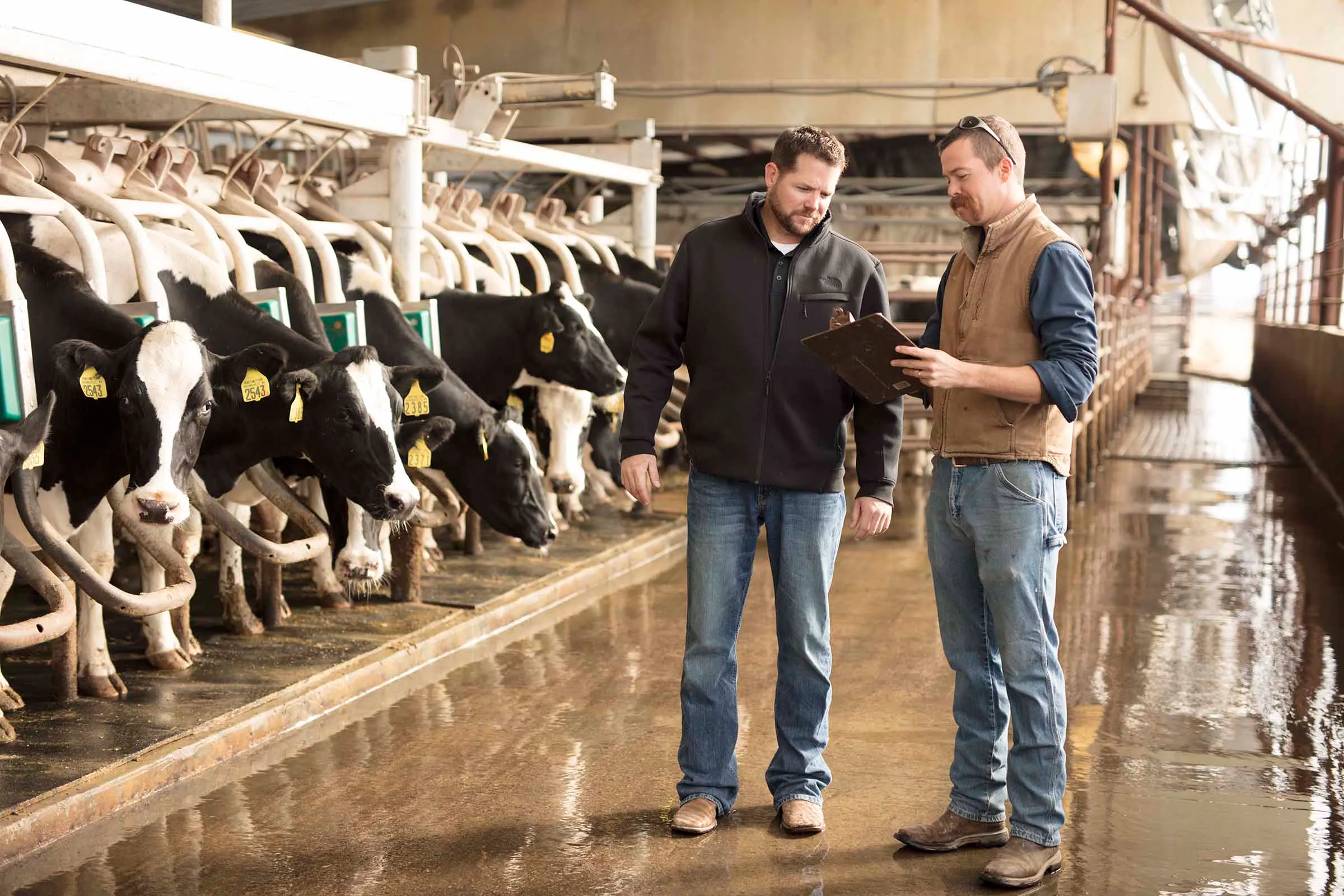
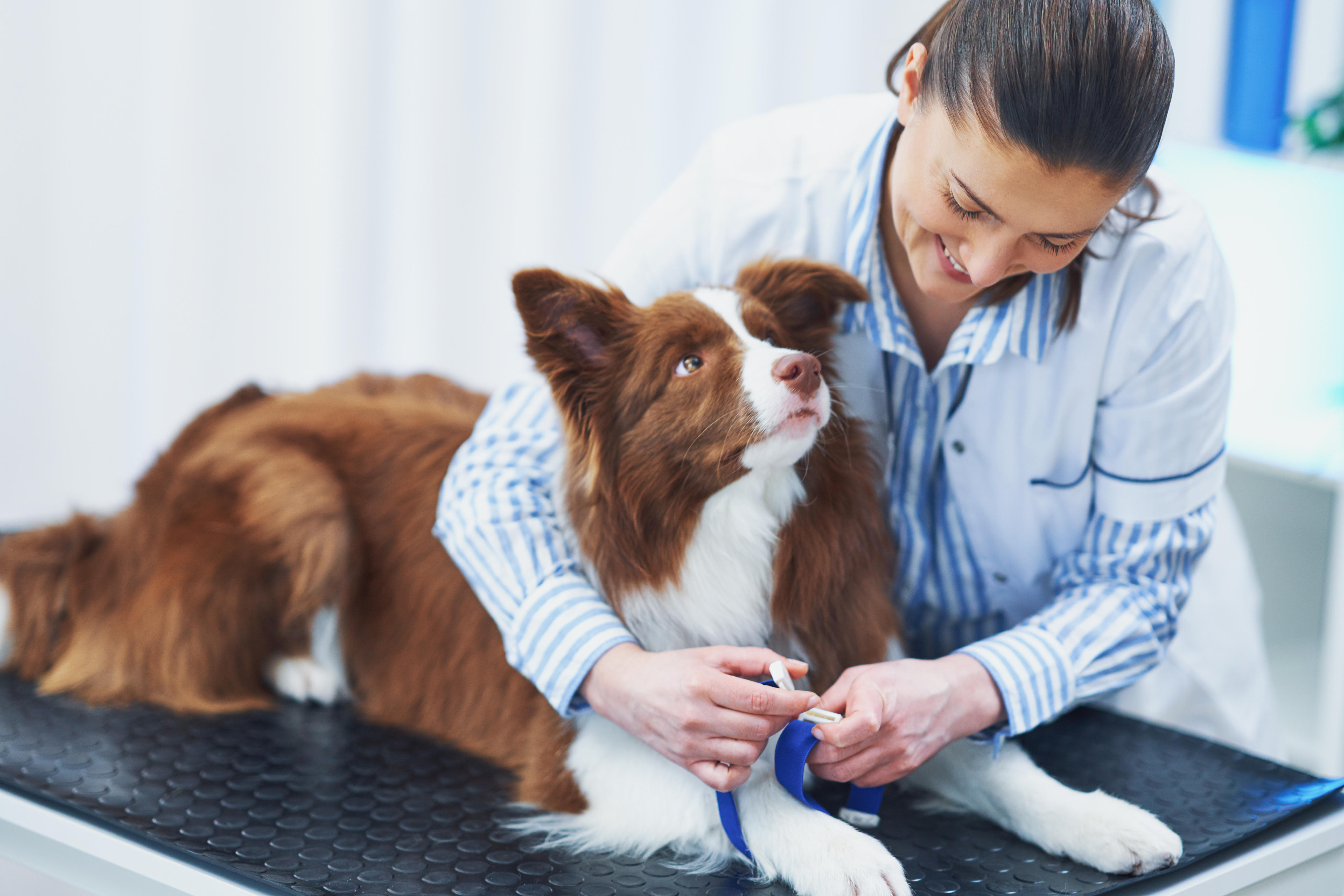
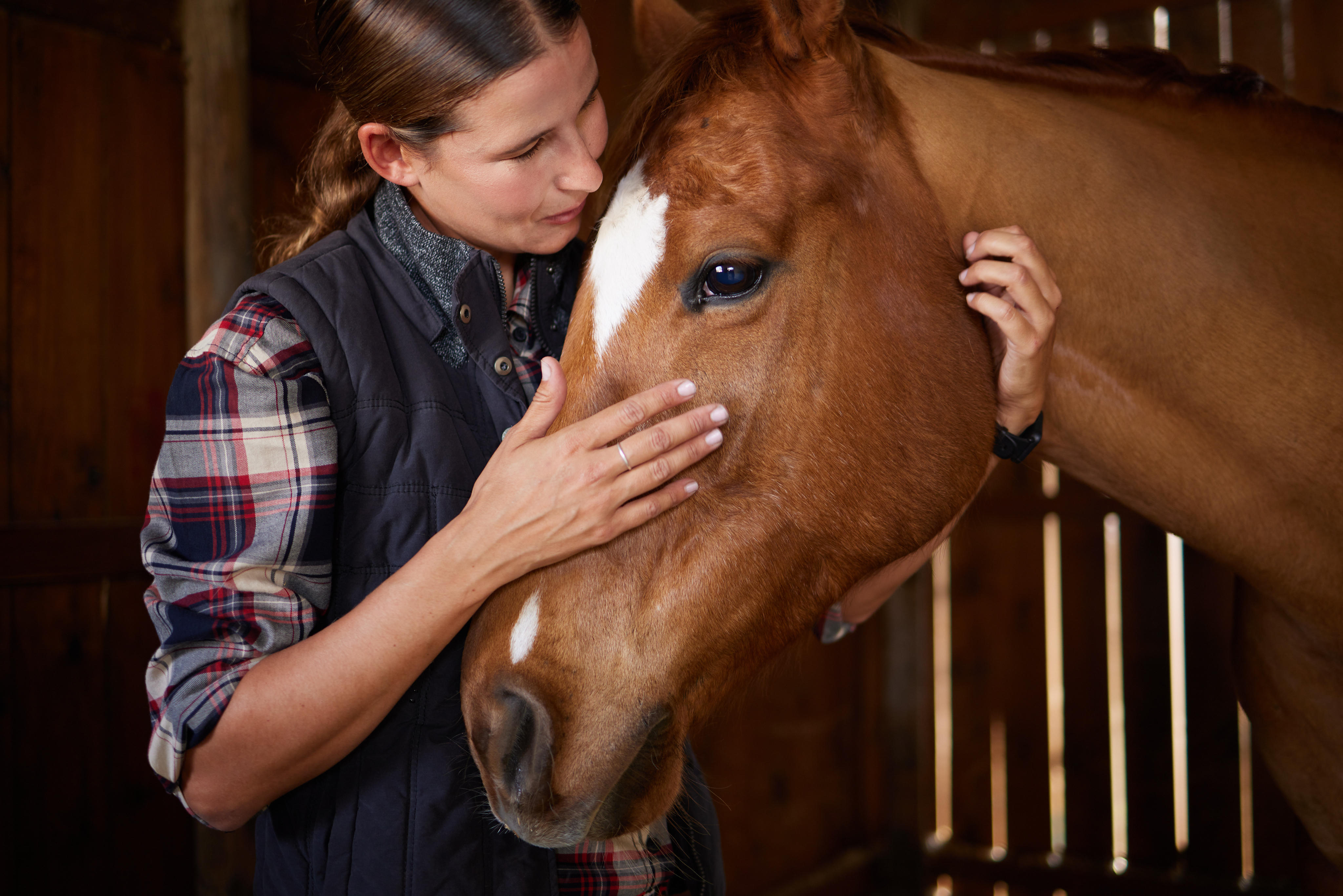
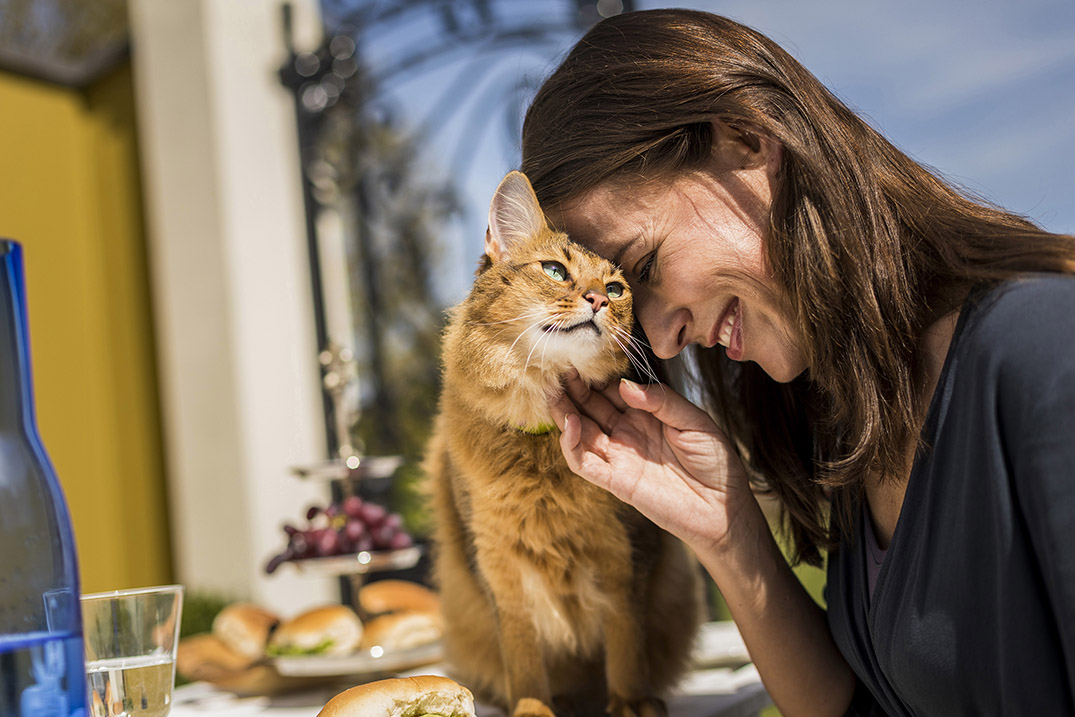
 Go To United States
Go To United States Algeria
Algeria Argentina
Argentina Australia
Australia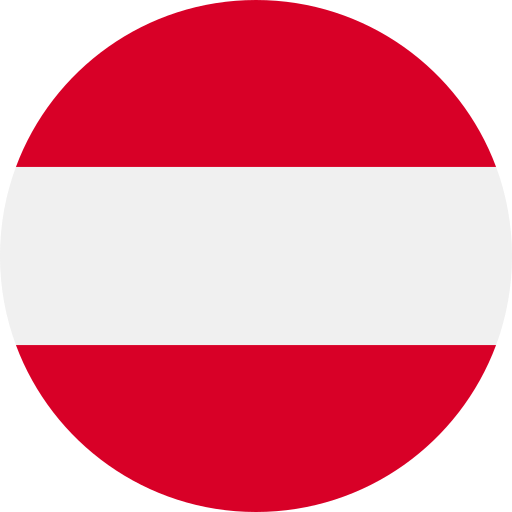 Austria
Austria Bahrain
Bahrain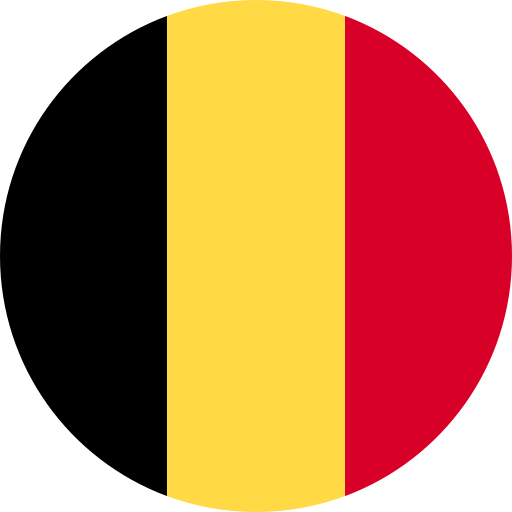 Belgium (Dutch)
Belgium (Dutch) Brazil
Brazil Canada (English)
Canada (English)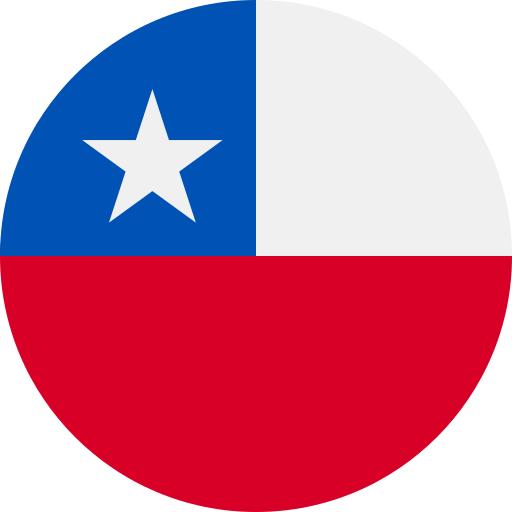 Chile
Chile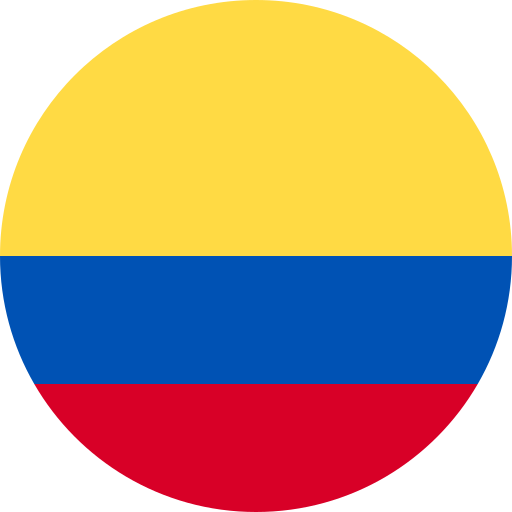 Colombia
Colombia Croatia
Croatia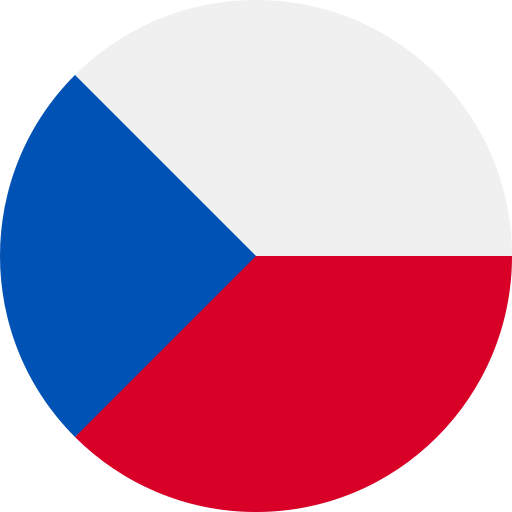 Czech Republic
Czech Republic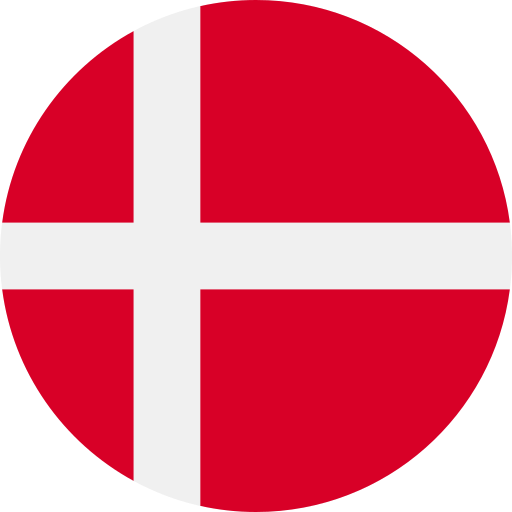 Denmark
Denmark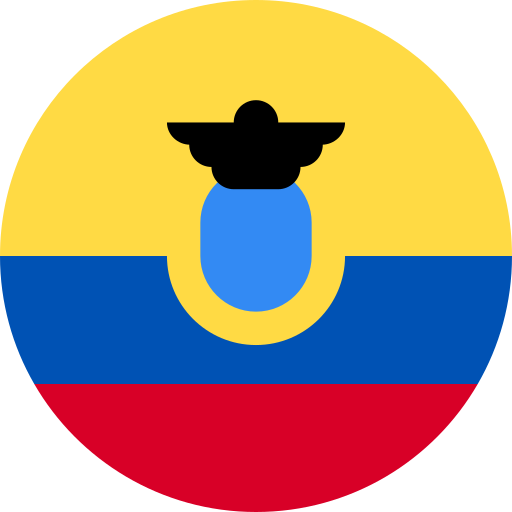 Ecuador
Ecuador Egypt
Egypt Finland
Finland France
France Germany
Germany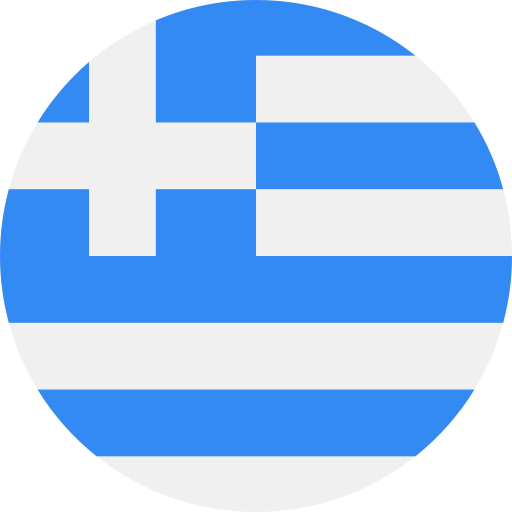 Greece
Greece Hungary
Hungary India
India Indonesia
Indonesia Iraq
Iraq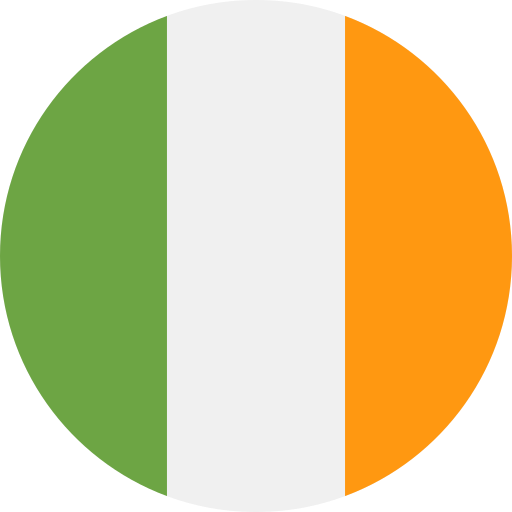 Ireland
Ireland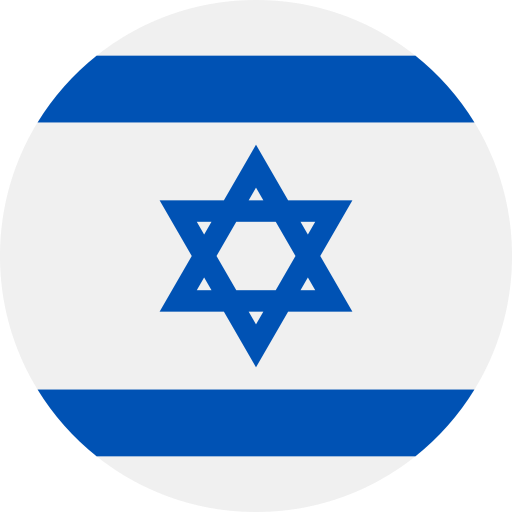 Israel
Israel Italy
Italy Japan
Japan Jordan
Jordan Kuwait
Kuwait Lebanon
Lebanon Malaysia
Malaysia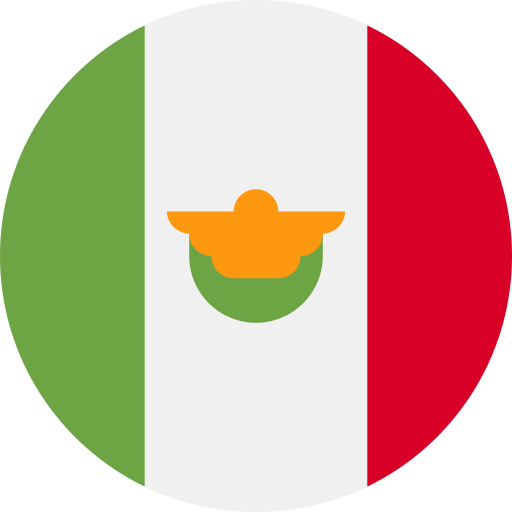 Mexico
Mexico Morocco
Morocco Netherlands
Netherlands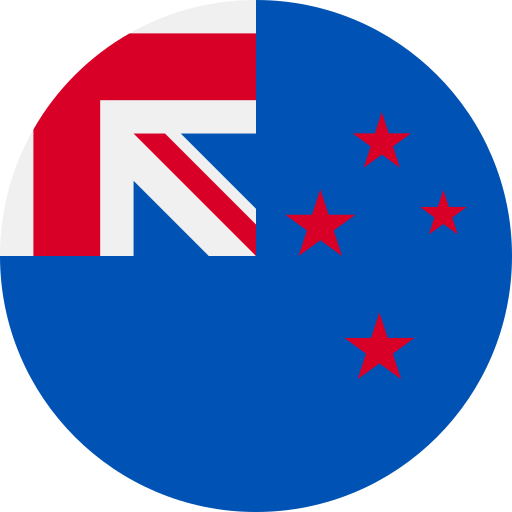 New Zealand
New Zealand Norway
Norway Oman
Oman Panama
Panama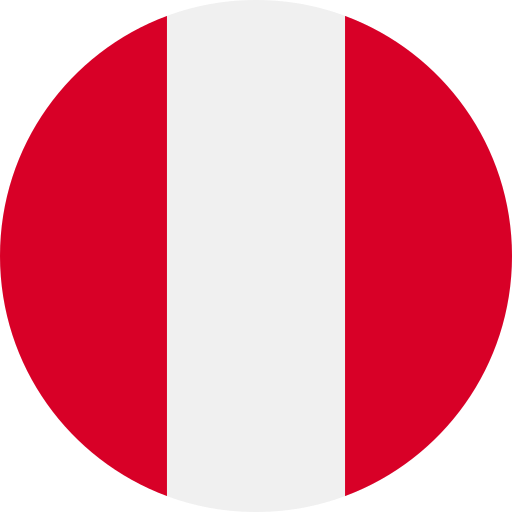 Peru
Peru Philippines
Philippines Poland
Poland Portugal
Portugal Qatar
Qatar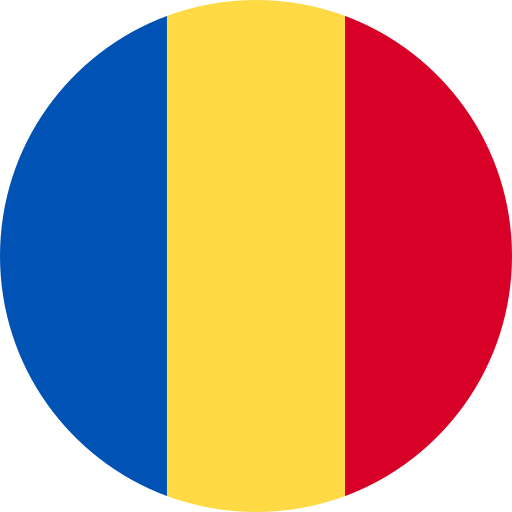 Romania
Romania Russian Federation
Russian Federation Saudi Arabia
Saudi Arabia South Africa
South Africa South Korea
South Korea Spain
Spain Sweden
Sweden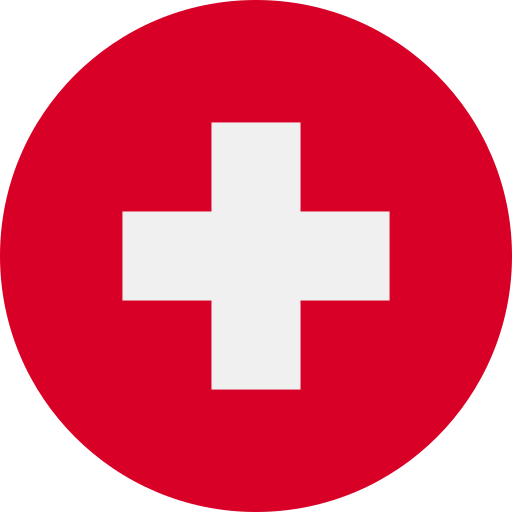 Switzerland (French)
Switzerland (French) Taiwan
Taiwan Thailand
Thailand Tunisia
Tunisia Turkey
Turkey Ukraine
Ukraine United Arab Emirates
United Arab Emirates United Kingdom
United Kingdom Uruguay
Uruguay Yemen
Yemen Global
Global